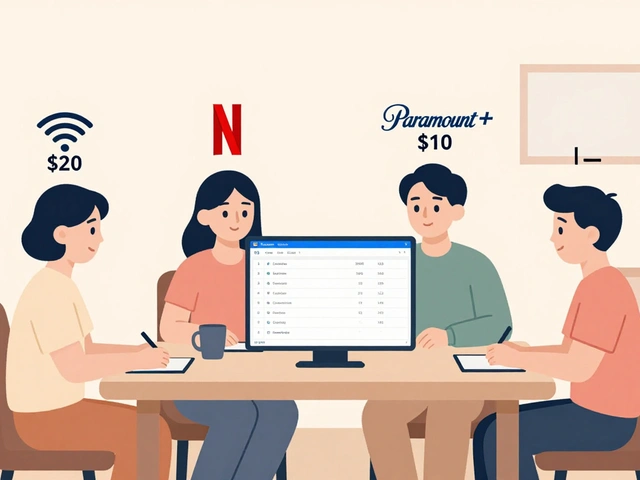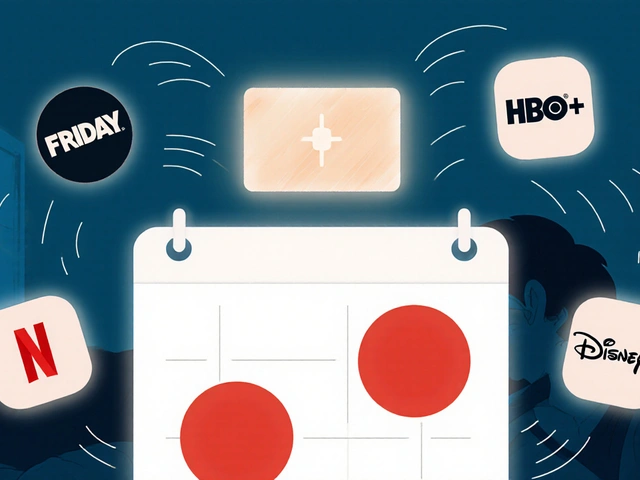Video Strategy: How to Plan, Produce, and Grow Your Brand
When working with video strategy, a systematic plan that aligns video content with business goals, audience needs, and distribution channels. Also known as video planning, it helps teams move from random uploads to purposeful storytelling. A solid video strategy often leans on marketing funnel, the step‑by‑step journey that guides prospects from awareness to purchase and the classic 4 Ps of marketing, product, price, place, and promotion, which shape every piece of content you create. By understanding these building blocks, you can turn ad‑hoc videos into a revenue‑driving engine.
Think of a video strategy as the roadmap that tells you which type of video belongs at each stage of the funnel. At the top, you need attention‑grabbing teasers that spark curiosity; mid‑funnel pieces should educate and build trust; bottom‑of‑funnel videos must push a clear call‑to‑action. This connection—video strategy requires a well‑defined marketing funnel—creates a seamless flow that moves viewers toward conversion. When you layer in the 4 Ps, each video gains a purpose: it showcases the product, reinforces pricing, highlights the right distribution channel, and amplifies promotion.
Key Elements That Make a Video Strategy Effective
First, define your audience persona. Knowing demographics, pain points, and media habits lets you pick the right format—short‑form TikTok clips, in‑depth webinars, or polished brand films. Second, map each persona to a funnel stage and decide what message fits best. Third, align the 4 Ps with your creative brief: what product feature will the video spotlight? What price angle will you emphasize? Where will the video live—YouTube, Instagram, or a landing page? How will you promote it—paid ads, email blasts, or organic shares? These decisions turn a vague idea into a concrete plan that teams can execute.
Execution isn’t just about shooting footage; it’s about integrating tools and workflows that keep the process efficient. Choose a video editing suite that matches your budget and skill level—whether it’s a free mobile app or a professional desktop solution. Set up a content calendar that slots each video into its funnel phase and promotion channel. Use analytics dashboards to track key metrics like watch time, click‑through rate, and conversion lift. When data shows a drop‑off at a specific stage, you can tweak the message, adjust the call‑to‑action, or even revisit the pricing angle.
Measurement closes the loop. A robust video strategy demands regular performance reviews to prove ROI. Compare pre‑launch benchmarks with post‑launch results, calculate cost‑per‑lead, and attribute sales to specific video assets. This feedback informs the next planning cycle, ensuring each new video learns from the last. Over time, you’ll see a clear link between well‑crafted video pieces and bottom‑line growth, proving that strategic planning beats random posting every time.
Below you’ll find a curated collection of articles that dive deeper into each of these topics— from funnel‑specific video tactics and pricing models for editors, to side‑by‑side software comparisons and step‑by‑step guides for short‑form editing. Explore the resources to fine‑tune your own video strategy and start turning views into measurable results.
22
Video Marketing Success: Stats, ROI, and Proven Strategies
Discover how video marketing drives ROI, what metrics matter, and which platforms deliver the best engagement. Learn proven tactics and avoid common pitfalls.
Latest Posts
Popular Posts
-
 How Roommates Can Fairly Share Wi-Fi and Streaming Costs
How Roommates Can Fairly Share Wi-Fi and Streaming Costs
-
 Best Educational TV Shows for Preschoolers, Elementary Kids, and Tweens
Best Educational TV Shows for Preschoolers, Elementary Kids, and Tweens
-
 Breakout Indies at the Box Office: How Word-of-Mouth Made These Films Blockbusters
Breakout Indies at the Box Office: How Word-of-Mouth Made These Films Blockbusters
-
 Data Management: DIT, Backups, and Archival Best Practices for Video Teams
Data Management: DIT, Backups, and Archival Best Practices for Video Teams
-
 How to Cancel Paramount+: Step-by-Step Guide
How to Cancel Paramount+: Step-by-Step Guide



